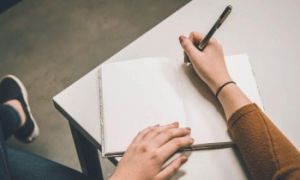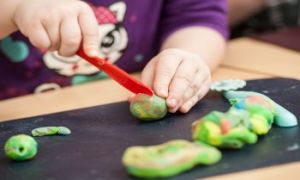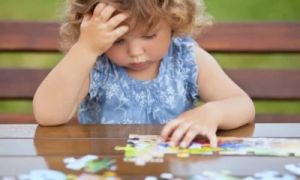Outcome 2 of the EYLF—Children are connected with and contribute to their world—reminds us that belonging is not just about being present but about feeling valued, included, and empowered to make a difference. The following article translates the outcome into simplified language to support educators in recognising and documenting moments of empathy, cooperation, and community-building.
What This Means For Children:
- They feel part of a group, community, or place.
- They learn to care about people, places, and living things.
- They share, take turns, and help others.
- They begin to understand fairness, kindness, and responsibility.
- They show respect for diversity, culture, and the environment.
How Educators Might Observe This:
- A child comforts a peer who is upset.
- A toddler helps tidy up after play.
- A preschooler talks about their family traditions or community events.
- A child waters plants or cares for animals in the learning space.
- Children work together to build something or solve a problem.
Child-Friendly Phrasing
- “I help others and work together.”
- “I care about people, places, and things.”
- “I share, take turns, and listen.”
- “I look after animals, plants, and my space.”
- “I belong to my community and make a difference.
Educator Summary
Helping children feel connected—to people, places, and communities—and empowering them to contribute meaningfully.
Family Translation
- Your child is learning how to care for people, places, and living things.
- They are discovering how to share, take turns, and help others.
- They are beginning to understand fairness, kindness, and responsibility.
- They feel part of a group, community, or place—and know they belong.
- They are learning that their actions matter and can make a positive difference.
- They are developing respect for culture, diversity, and the environment.
- They are building empathy and learning how to work with others.
Why It Matters:
When children feel connected to others and their environment, they begin to understand their role in the world. They learn that their actions matter—that they can help, care, and contribute. This builds empathy, responsibility, and a sense of belonging.
Further Reading
EYLF Outcome 1 In Simplified Language
Version 2.0 EYLF Outcome 2
Activity Ideas To Promote EYLF Outcome 2
Learning Goals And Activities To Achieve EYLF Learning Outcome 2
Achieving EYLF Outcome 2 In The Babies Room
How Children Achieve EYLF Learning Outcomes Version 2.0


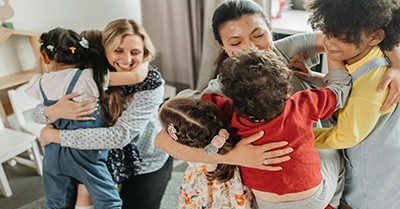


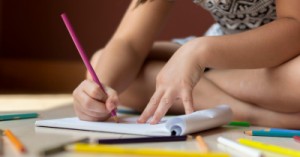

 Here is the list of the EYLF Learning Outcomes that you can use as a guide or reference for your documentation and planning. The EYLF
Here is the list of the EYLF Learning Outcomes that you can use as a guide or reference for your documentation and planning. The EYLF The EYLF is a guide which consists of Principles, Practices and 5 main Learning Outcomes along with each of their sub outcomes, based on identity,
The EYLF is a guide which consists of Principles, Practices and 5 main Learning Outcomes along with each of their sub outcomes, based on identity, This is a guide on How to Write a Learning Story. It provides information on What Is A Learning Story, Writing A Learning Story, Sample
This is a guide on How to Write a Learning Story. It provides information on What Is A Learning Story, Writing A Learning Story, Sample One of the most important types of documentation methods that educators needs to be familiar with are “observations”. Observations are crucial for all early childhood
One of the most important types of documentation methods that educators needs to be familiar with are “observations”. Observations are crucial for all early childhood To support children achieve learning outcomes from the EYLF Framework, the following list gives educators examples of how to promote children's learning in each individual
To support children achieve learning outcomes from the EYLF Framework, the following list gives educators examples of how to promote children's learning in each individual Reflective practice is learning from everyday situations and issues and concerns that arise which form part of our daily routine while working in an early
Reflective practice is learning from everyday situations and issues and concerns that arise which form part of our daily routine while working in an early Within Australia, Programming and Planning is reflected and supported by the Early Years Learning Framework. Educators within early childhood settings, use the EYLF to guide
Within Australia, Programming and Planning is reflected and supported by the Early Years Learning Framework. Educators within early childhood settings, use the EYLF to guide When observing children, it's important that we use a range of different observation methods from running records, learning stories to photographs and work samples. Using
When observing children, it's important that we use a range of different observation methods from running records, learning stories to photographs and work samples. Using This is a guide for educators on what to observe under each sub learning outcome from the EYLF Framework, when a child is engaged in
This is a guide for educators on what to observe under each sub learning outcome from the EYLF Framework, when a child is engaged in The Early Years Learning Framework describes the curriculum as “all the interactions, experiences, activities, routines and events, planned and unplanned, that occur in an environment
The Early Years Learning Framework describes the curriculum as “all the interactions, experiences, activities, routines and events, planned and unplanned, that occur in an environment